FS Colour Series: FOG Inspired by Alexei Savrasov’s Icy Air
19th century painter Alexei Savrasov portrayed stunning, Romanticised visions of the Russian landscape, capturing the sparkling freshness and icy air of winter when everything was obscured by layers and layers of snow. Sensitively attuned to the natural world at this time of year, he carefully observed how subtle shades of bluish grey like that of FOG Linen could appear in snowy shadows, or emerge from puffy passages of cloud overhead, capturing the unique, sparkling light of a Russian winter wonderland. Savrasov’s pupil, the artist Isaak Levitan wrote in homage to his teacher, “Savrasov was the father of Russian landscape painting, and this undisputed merit of his will never be forgotten in the field of Russian art.”
Born in 1830 in Moscow, Savrasov began to draw from an early age. In 1844 he was taken on as a student with the esteemed painter Karl Rabus at the Moscow School of Painting, Sculpture and Architecture, where he specialised in landscape painting. In the later 1840s Savrasov travelled throughout Southern Russia where he was dazzled by views of Odessa and Ukraine, and the Romanticised, dramatic paintings he produced as inspired by the Russian wilderness won Savrasov several prestigious awards.
As his career progressed Savrasov focussed increasingly on the lyrical, poetic power of nature, carefully observing nuanced changes in light, tone and colour with shifting patterns of weather. Winter and early spring were his favourite time of year when life was brought to a hushed standstill by freezing mounds of ice, fog and snow. In the early 1870s, he travelled to the Volga, staying in Yaroslavl, near Kostroma, where he found a tranquil environment in which people co-existed in close harmony with the land. “The quiet little atmosphere at Yaroslavl allows me to concentrate on art,” he wrote in a letter to a friend. One of Savrasov’s most famous paintings of all time was inspired by this peaceful escape, titled The Rooks Have Come Back, 1871. This painting captures the slight shift from winter into spring, as rooks returning home from a warmer climate gather on the skinny, skeletal branches of bare winter trees. These naked trees cast grey and blue shadows onto streaks of melting snow below, colours which are echoed in the dispersed clouds across the horizon.
In the later Winter Landscape. Moscow, 1873, the arctic depths of Russian winter are captured with fresh, icy shades of grey, white and blue, while tiny cottage windows and a thick thatched roof in the distance point towards subtle signs of life. Soft, billowing wafts of snow on the ground are echoed in the icy, freezing puffs of cloud overhead, as land and sky almost merge into one. In The Yard, Winter, 1870s hints of blue sky are just about visible, while low hanging wafts of pale blue arctic air seem to bristle through the snow-covered trees and onto the shadowy ground below. One tiny, shrouded figure pulls long tracks through the iridescent white ground, capturing the engulfing magnitude of this wild and inhospitable terrain.
Savrasov struggled with ill health in his later years, but he continued to paint prolifically, making ongoing studies of the Russian landscape. Many paintings of this period were starker and simpler in composition, focussing on the atmospheric effects of tempestuous skies amidst barren winter landscapes. In both Early Spring, Thaw, 1885 and The Village in Winter, 1880-1890, just a few tall, slim trees form vertical strands that reach upwards into the clouds. Cool strands of blue stretch out in bands along a low-lying horizon, leaving more room for the artist to convey the huge, overwhelming skies and freezing, invigorating air of the Russian wilderness he so loved.





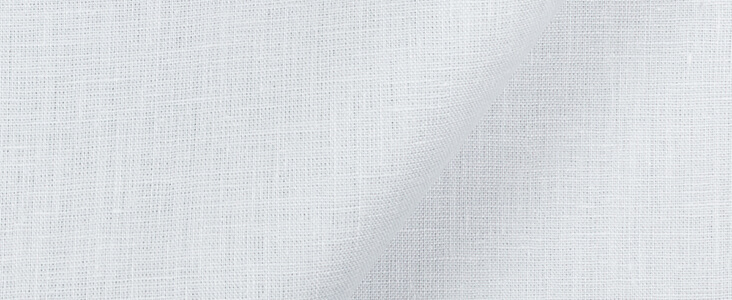
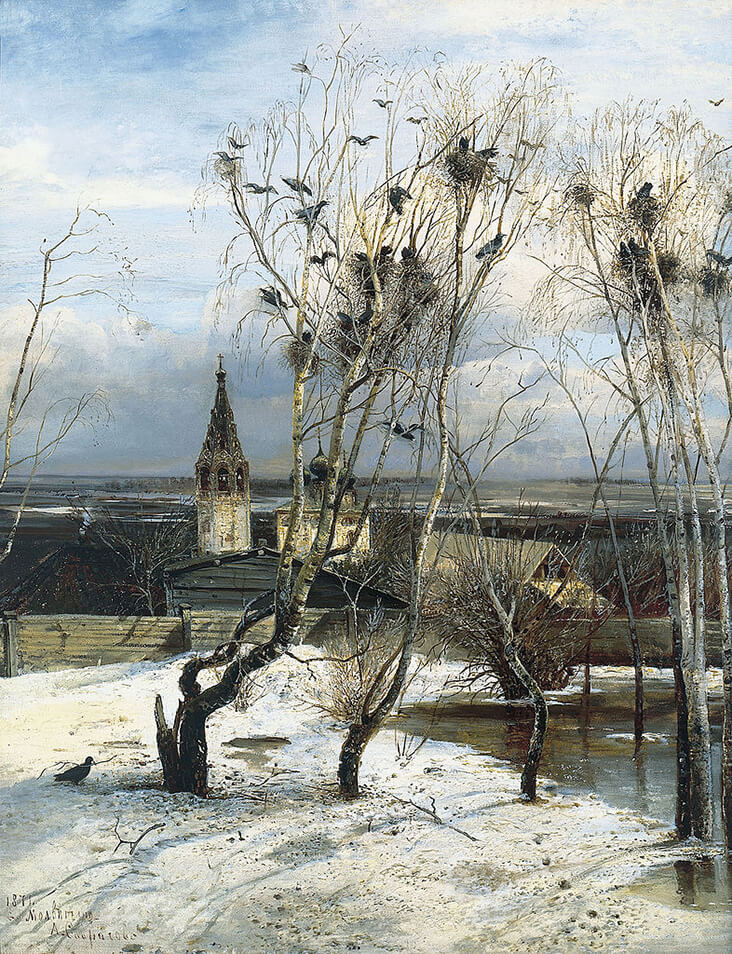
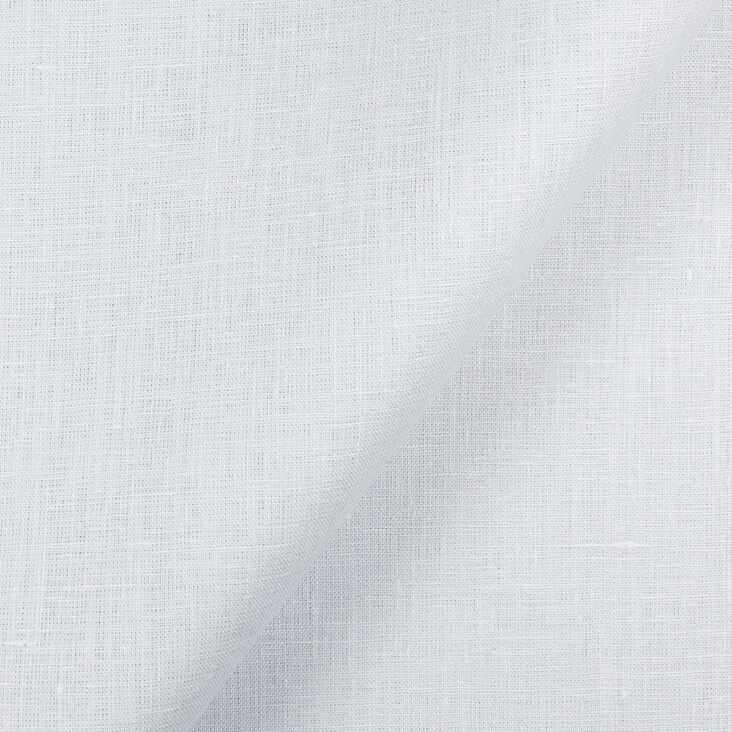
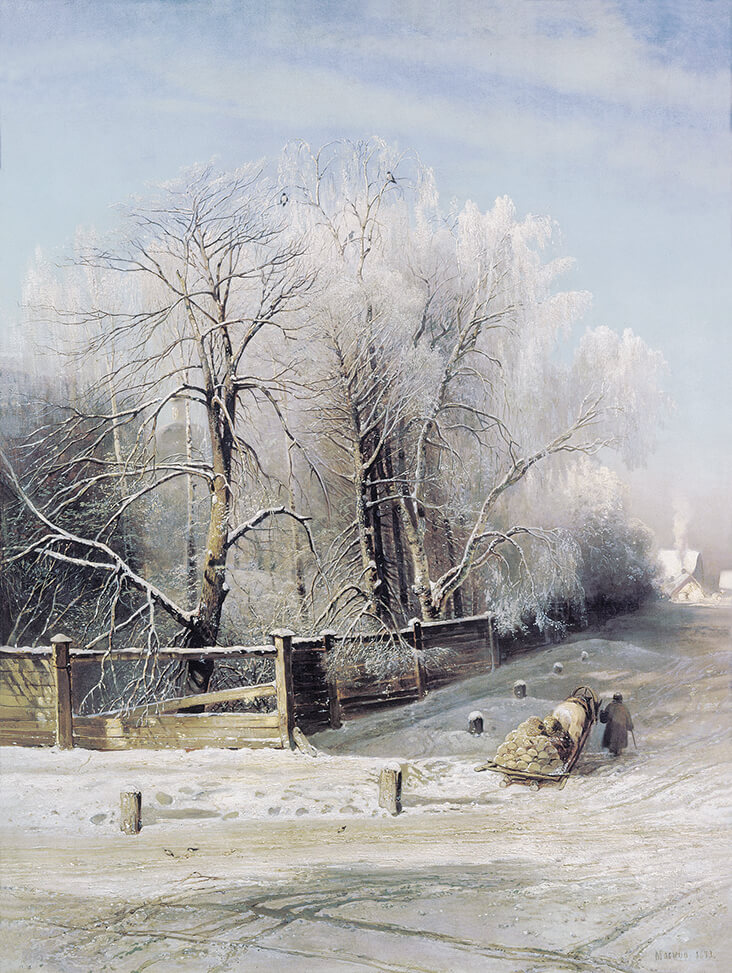
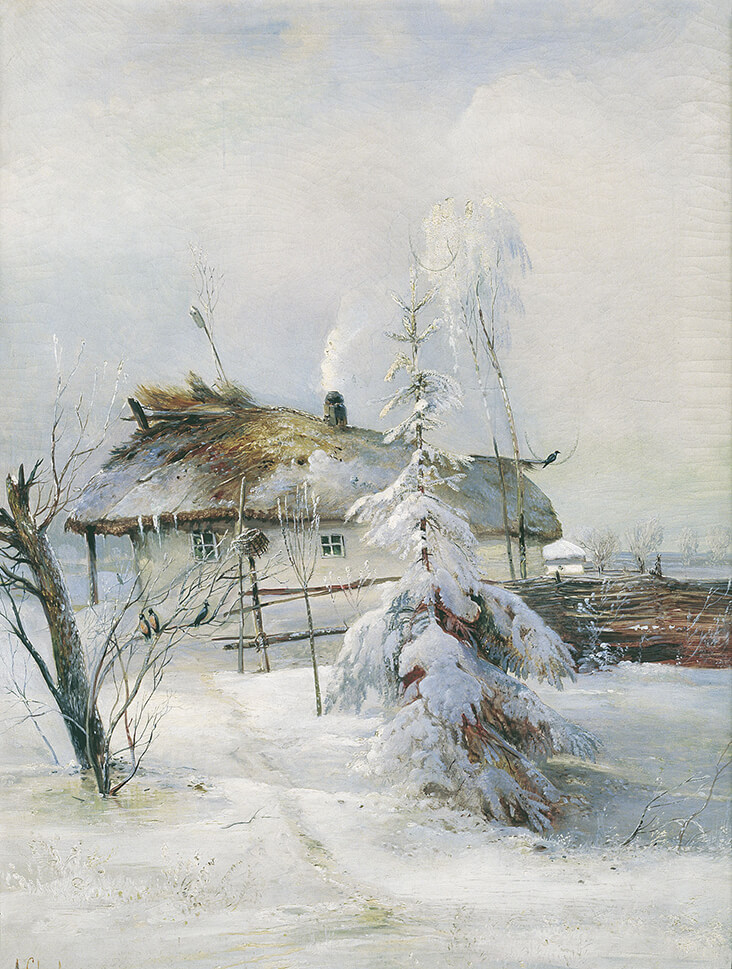




















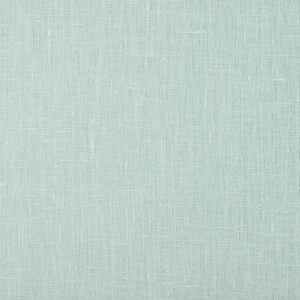


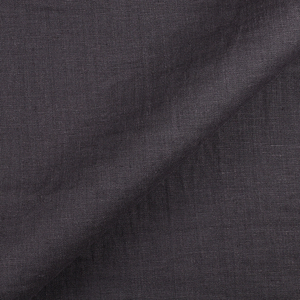



















3 Comments
Rosemary Antel
Thank you for the wonderful article.. This is an Artist that I had not known about until now. Exquisite art and colors. I lived in Alaska for many years and painted snow often.
I love these subtle blue grays for summer clothing that is cool but not glaring white. I just need more hours in the day for sewing some loose shirts for the coming heat of summer.
Sherry Berbit
thank you once again, Rosie, and fabrics store, for enlightening me within the art world. I so look forward to these posts. beautifully written – sherry berbit
Corinne Skulmoski
Hi Rosie – these are just outstanding! I love them. Because so much of the Russian/Canadian landscape is interchangeable, these could be winter scenes from here. It’s a testament to the wonder of nature how basically one color with variations, can color the world so magically during this season. This is another brilliant painter I’d never heard of, good presentation!